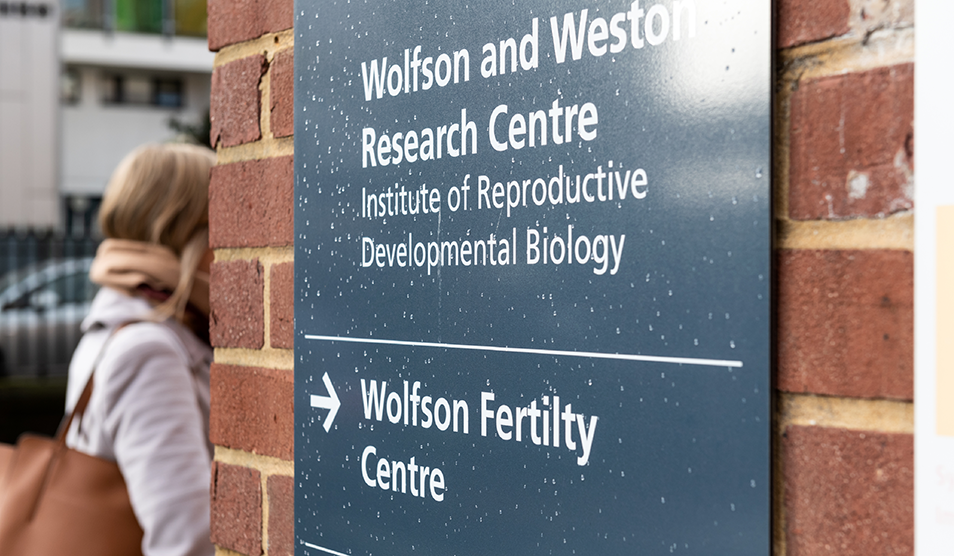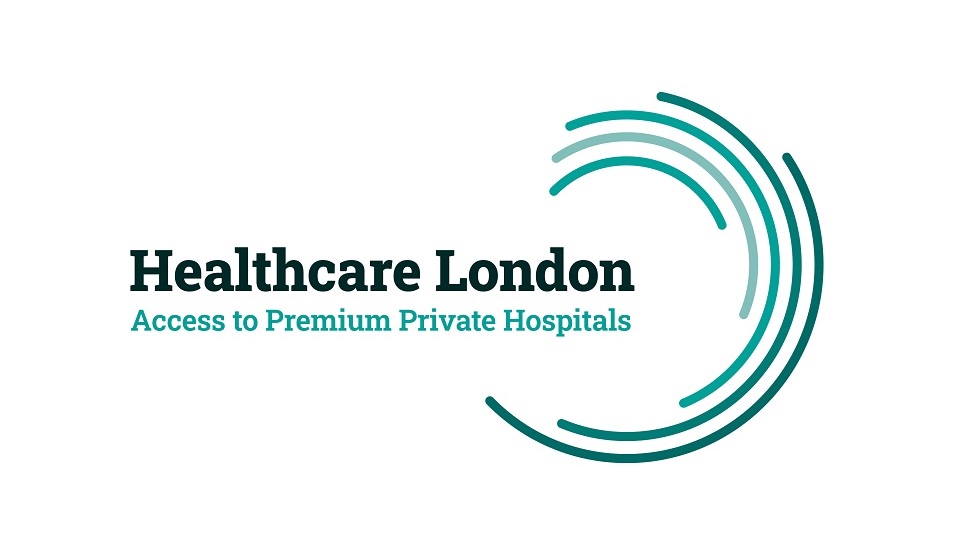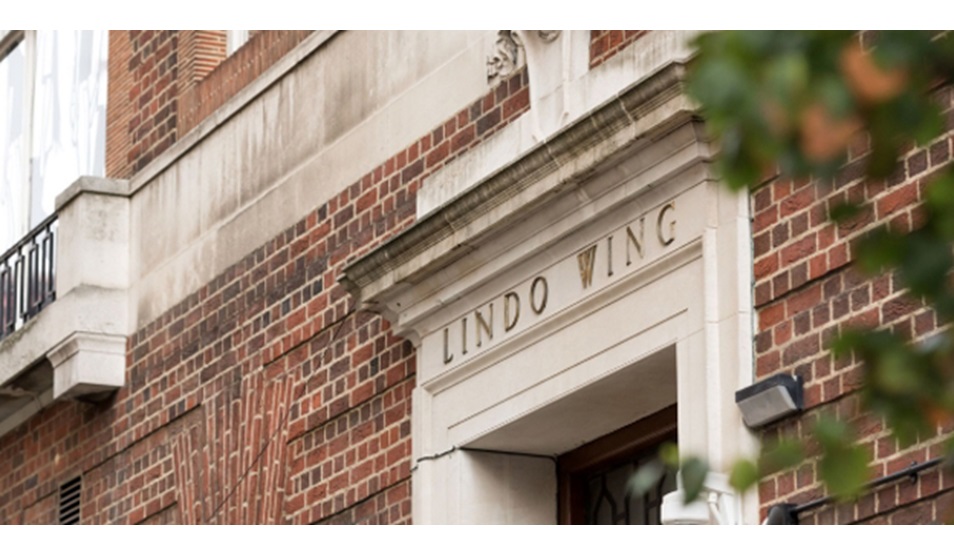A new treatment option for men with enlarged prostate
More than a third of men aged over 50 have an enlarged prostate, which can make it difficult to pass urine. Interventional radiology consultant Dr. Nick Burfitt explains how a new minimally-invasive, non-surgical technique called prostate artery embolisation might be the best treatment for some men with this condition.
The prostate, a walnut-sized gland that lies under the bladder, is part of men’s reproductive system and makes fluid to carry sperm. It can grow throughout a man’s life and an enlarged prostate, known as benign prostatic hyperplasia (BPH), can cause urinary problems and is common in older men.
Although an enlarged prostate does not always need treatment, it can lead to unpleasant symptoms and affect quality of life. The condition puts pressure on the bladder, leading to a frequent or urgent need to urinate, a weak flow, an inability to empty the bladder completely, a need to pass urine during the night and incontinence. For some men, the problem is so severe that they plan each journey outside home so there are always toilets nearby.
Fortunately, there are a range of treatments if medication is not effective. The traditional treatment, TURP (transurethral resection of the prostate), involves cutting away part of the prostate. Other treatments are HoLEP (Holmium Laser Enucleation of the Prostate), Rezum Water Vapour Therapy and UroLift which, under general anaesthetic, use laser, steam or staples to reduce the prostate.
The newest technique, called prostate artery embolisation (PAE), is carried out by an interventional radiologist, a doctor who is an expert in using X-ray equipment, and it shrinks the prostate by blocking some of its blood supply.
During PAE, a fine, flexible tube called a catheter is inserted into an artery (blood vessel) in one side of the groin. A special X-ray dye is injected down the catheter for an accurate image of the blood supply network and thousands of tiny synthetic beads are injected through the catheter into the small arteries that supply the prostate to silt them up. The catheter is then moved to treat the other side of the prostate and these steps are repeated.
PAE is performed under local anaesthetic and sedation, with the patient awake, so no general anaesthetic is needed, also a urinary catheter is not required. The procedure takes about two and a half hours and the patient returns home the same day. About 75-90 per cent of patients see a significant improvement in their symptoms starting at 2-3 weeks with full benefit reached by 3 months. After medication, PAE is the least invasive technique to treat an enlarged prostate with a good level of success, fewer complications and quicker recovery time. Consequently, it is now possible to offer an intermediate option between medication and surgical options for BPH.
There is a small risk of bruising to the groin area and of infection, which clears up with antibiotics, while some patients might get a stinging sensation when passing urine for a few days. A rare complication results in the tiny beads going to the wrong area of the groin although this happens in less than one per cent of cases.
Most patients recover within a few days while recovery from more invasive treatments can take several weeks and they also carry a greater risk of complications such as affecting sexual function or leading to incontinence.
The other advantage of PAE is that if it is not effective, patients can move onto more invasive techniques. PAE is also an effective treatment for very enlarged prostates which cannot be treated by Rezum or UroLift.
Imperial Private Healthcare’s partner NHS Trust, Imperial College Healthcare NHS Trust, was one of the pioneers of PAE and our consultants are highly experienced in performing it. We were one of only two centres in London involved in the UK Register of Prostate Embolisation (UK ROPE) study and our consultant urologist Mr Ranan Dasgupta contributed to this research which found that PAE is a safe and effective treatment for enlarged prostate. In 2018, PAE was approved as a standard NHS treatment for the condition.
When patients come to Imperial Private Healthcare with symptoms of an enlarged prostate, they are first seen by a consultant urologist who will accurately diagnose their condition and discuss all the treatment options. We are one of few centres who offer the full spectrum of treatments and we have highly specialist expertise in all these techniques. Clearly a balanced approach to guide treatment choice rests with careful consultation.
As a consultant interventional radiologist, I work extremely closely with my urology colleagues such as Mr Dasgupta to offer the broadest expertise and the widest range of options for our patients. This close working means we can provide a one-stop shop for treatment of enlarged prostate and also ensure that we can advise on the best option for a patient’s individual problem.
For more information please contact us via imperial.private.healthcare@nhs.net or on +44 (0) 203 311 7700
Prior to October 2023, Imperial College Healthcare Private Care was known as Imperial Private Healthcare.



